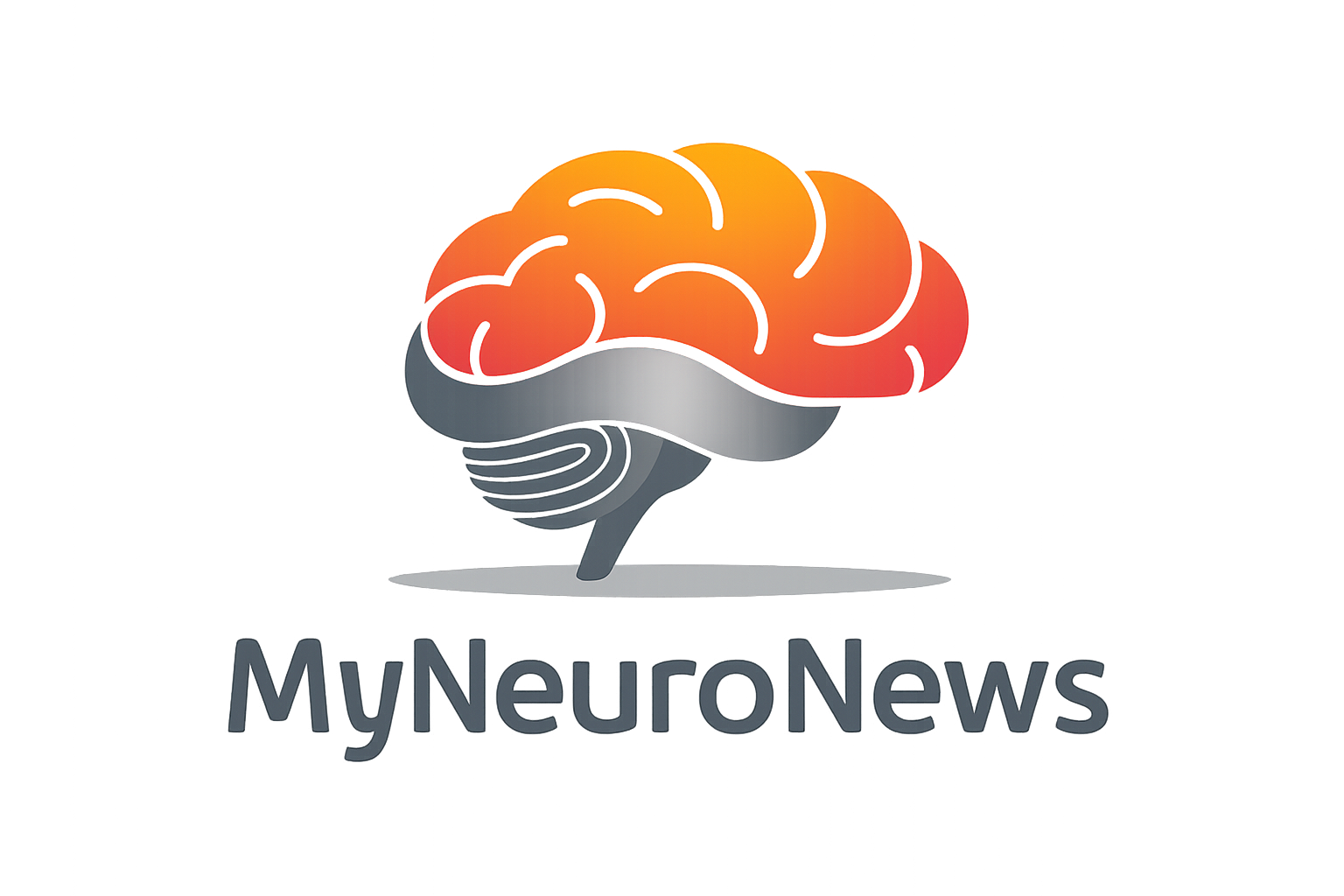Parkinsonism, a clinical syndrome characterized by tremors, bradykinesia (slowness of movement), rigidity, and postural instability, is primarily associated with Parkinson’s disease. However, a growing body of evidence highlights its association with traumatic brain injury (TBI) and chronic traumatic encephalopathy (CTE). CTE is a neurodegenerative disease linked to repetitive head impacts, often seen in athletes involved in contact sports like American football, rugby, and boxing.
The Link Between Contact Sports and Neurological Decline
Years of participation in contact sports are associated with repetitive head injuries, even if these injuries do not always result in concussions. These repeated impacts on the brain can lead to long-term neurological damage. CTE, caused by this repetitive trauma, is known for progressive cognitive and emotional symptoms such as memory loss, mood swings, aggression, and impulsivity. In more advanced stages, motor symptoms such as parkinsonism can emerge.
While CTE has been widely studied for its role in cognitive decline and emotional instability, parkinsonism is an area that has gained more attention in recent years. Individuals with advanced CTE may develop motor symptoms resembling Parkinson’s disease. These symptoms could include tremors, muscle stiffness, and difficulties with movement, all of which negatively affect quality of life.
What Causes Parkinsonism in CTE?
One of the key brain regions affected in both Parkinson’s disease and CTE is the substantia nigra (SN). This part of the brain is involved in movement control and is rich in neurons that produce dopamine, a neurotransmitter critical for motor function. In CTE, damage to the SN often presents as neuronal loss and the presence of abnormal protein accumulations, including neurofibrillary tangles (NFTs) and Lewy bodies (LBs). These protein pathologies are closely associated with the development of parkinsonism.
Moreover, studies suggest that the longer an individual is exposed to repetitive head impacts, the more likely they are to develop this neurodegeneration. In athletes with a history of long-term contact sports participation, the risk of developing tau pathology in the SN is significantly elevated. This tau pathology, in turn, is strongly associated with neuronal loss and the onset of motor symptoms such as parkinsonism.
Neuropathological Findings
Research has shown that individuals with CTE who develop parkinsonism often exhibit severe damage to the SN, including the accumulation of NFTs and LBs, along with significant neuronal loss. This neuronal degradation disrupts normal dopamine production, leading to the hallmark motor symptoms of parkinsonism.
In addition to tau pathology, vascular changes in the brain, such as arteriolosclerosis (thickening of the walls of small arteries), are also linked to SN neuronal loss. These vascular issues may exacerbate the effects of tau pathology, further contributing to the development of parkinsonism.
Why Is This Important?
Understanding the connection between repetitive head impacts, CTE, and parkinsonism is crucial for several reasons:
1. Prevention and Awareness: Athletes and individuals involved in contact sports should be made aware of the long-term risks associated with repetitive head injuries. Preventive measures, such as improved protective gear and rule changes in sports, could help mitigate these risks.
2. Early Diagnosis and Intervention: Recognizing early signs of parkinsonism in individuals with a history of head injury or contact sports participation can lead to earlier intervention and treatment, potentially slowing the progression of motor symptoms.
3. Personalized Treatment Strategies: Neuropathological findings can guide the development of personalized treatment approaches for individuals with CTE and parkinsonism. Targeted therapies addressing both motor and cognitive symptoms could improve overall outcomes.
4. Further Research: Ongoing research is needed to fully understand the underlying mechanisms of how repetitive head impacts lead to parkinsonism and other neurodegenerative conditions. This research could pave the way for novel therapeutic interventions that protect or restore affected brain regions, such as the SN.
Conclusion
The link between repetitive head injuries, CTE, and parkinsonism sheds light on the broader impact of contact sports and TBI on neurological health. As awareness grows, the importance of early diagnosis, preventive strategies, and personalized treatment becomes increasingly evident. Future research may not only improve the care of those affected but also enhance our understanding of how trauma-induced neurodegenerative diseases evolve, ultimately helping to protect the next generation of athletes and individuals exposed to head injuries.

